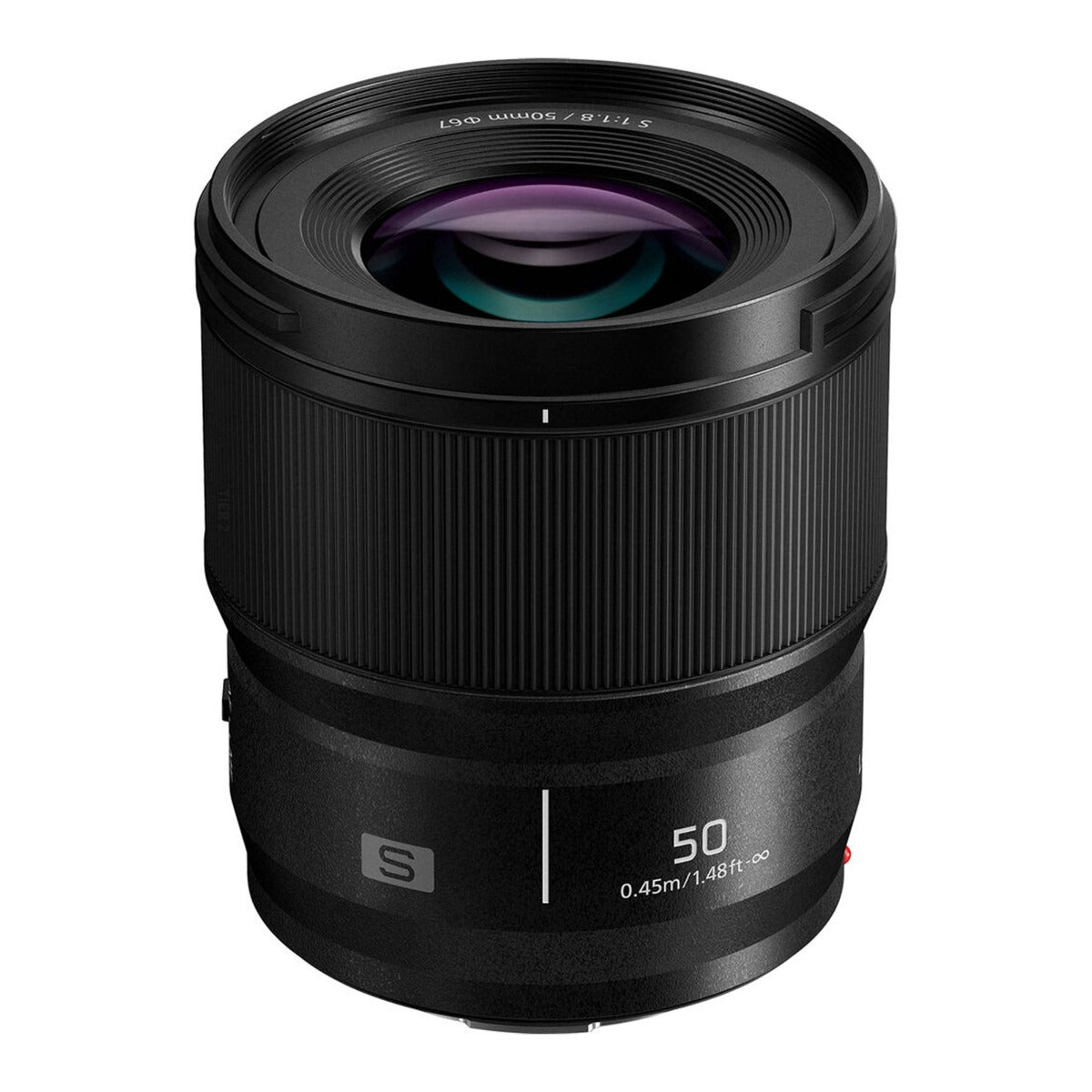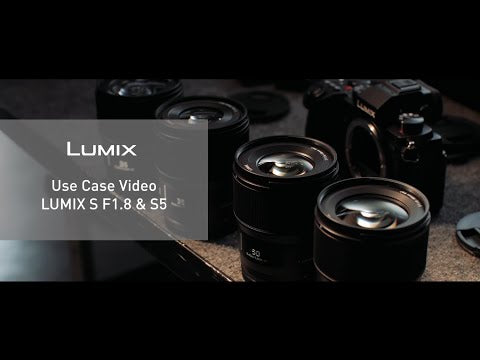Product Description
Panasonic Lumix S 50mm F1.8 - L mount Lens
- Beautifully smooth bokeh and strong low light capabilities thanks to a wide, rounded aperture
- Sharp, detailed high resolution results suitable for any L-mount mirrorless camera
- Weather sealing with dust and splash-proof design for outdoor work in all conditions
- Compact and lightweight prime at just 82mm long and 300g
- Nine lens elements in eight groups include three aspherical lenses, one ED (Extra-Low Dispersion) lens and one UHR (Ultra-High Refractive Index)
Panasonic introduces a new wide-aperture standard prime lens, the LUMIX S 50mm F1.8 (S-S50), as the second addition to the series of four F1.8 wide-aperture lenses based on the L-Mount standard.
A total of four F1.8 lenses from the LUMIX S Series feature a common size and position of control parts which, for example, make it easy to exchange lenses quickly when the camera is on a gimbal with minimum adjustment of connected gears. In addition, because the diameter is consistent, users can also apply the same filters across this set of lenses. The filter diameter is 67 mm, with a 9-blade circular aperture diaphragm.
The LUMIX S 50mm F1.8 comprises nine elements in eight groups including three aspherical elements, one ED (Extra-Low Dispersion) lens and one UHR (Ultra-High Refractive Index) lens. The three aspherical elements achieve high descriptive performance and beautiful bokeh across all F1.8 lenses in the series, and are suitable for a wide range of images, from portrait to landscape. Notably, the ED lens effectively suppresses chromatic aberration.
The LUMIX S 50mm F1.8 also excels in video recording performance with a mechanism that suppresses focus breathing, previously a serious problem with all lenses designed for still-image photography. This advantage, together with a micro-step aperture control for smooth exposure change, produces professional-quality video.
Compact, lightweight (approximately 300g), dust/splash-resistant, and able to withstand use under harsh conditions below freezing, the LUMIX 50mm F1.8 is designed for excellent mobility.
For full specifications click Here


























